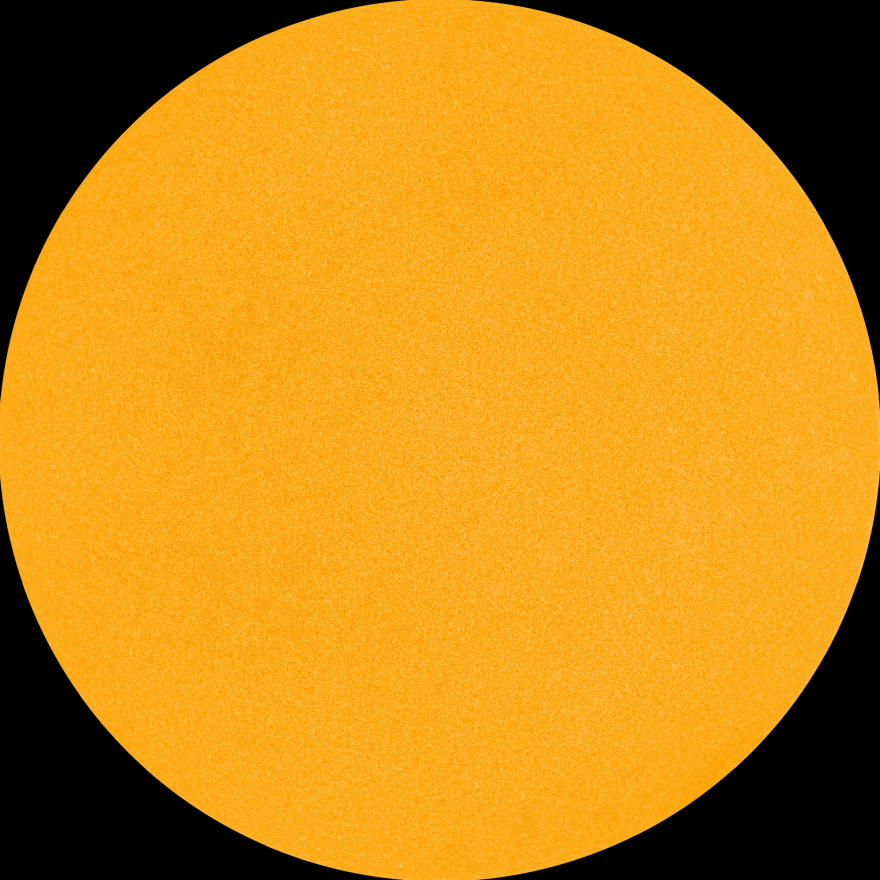Over the past 300 years, astronomers have learned that the Sun goes through periods of high and low solar activity averaging about 11 years from solar minimum to solar maximum. During this period the Sun produces cooler, darker areas on the surface called sunspots which can be the size of the Earth or much larger.
During periods of low solar activity, the Sun is often devoid of any sunspots. As of Dec. 17, the Sun has gone 34 days without sunspots making a total of 272 spotless days for all of 2019. In 2018 there were a total of 221 spotless days.
The last solar minimum was 2008 with a total of 268 spotless days, so 2019 has already surpassed that number.
NASA is going on record in predicting this solar minimum cycle will be a grand solar minimum as it may be the weakest in the last 200 years. The next solar cycle, number 25, is set to begin in 2020 with Sunspots reaching maximum numbers in 2025, but the solar minimum we are currently in may extend into 2020.
Over the past few hundred years when the Sun has gone through grand solar minimums, the earth’s climate has cooled off significantly as in the Dalton Minimum from 1790-1830 with lower than average global temperatures. During the Dalton Minimum the year 1816 was known as the year without summer, as spring and summer failed to arrive caused by low temperatures and an increase in volcanic activity.
Solar scientists will be watching the Sun and the number of spotless days in 2020 to see if there is a correlation between lower sunspots, cooler temperatures and an increase in volcanic activity.







